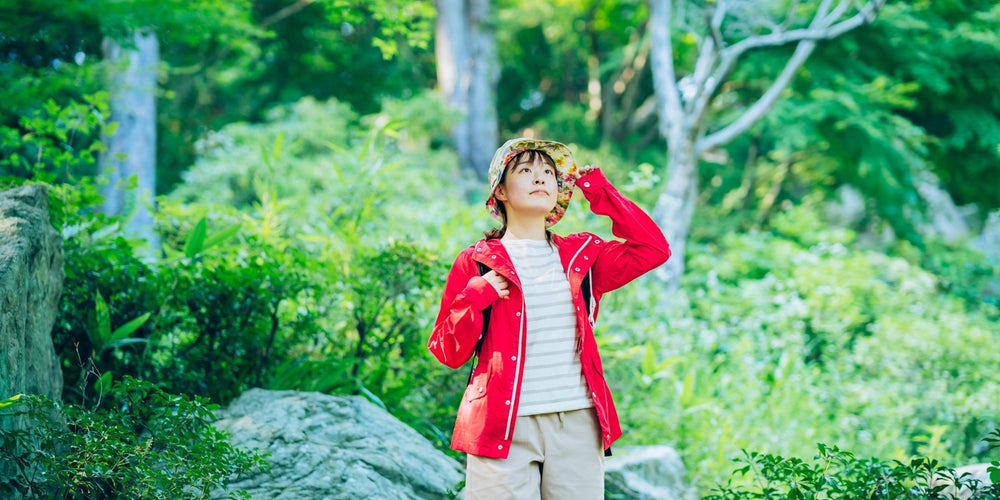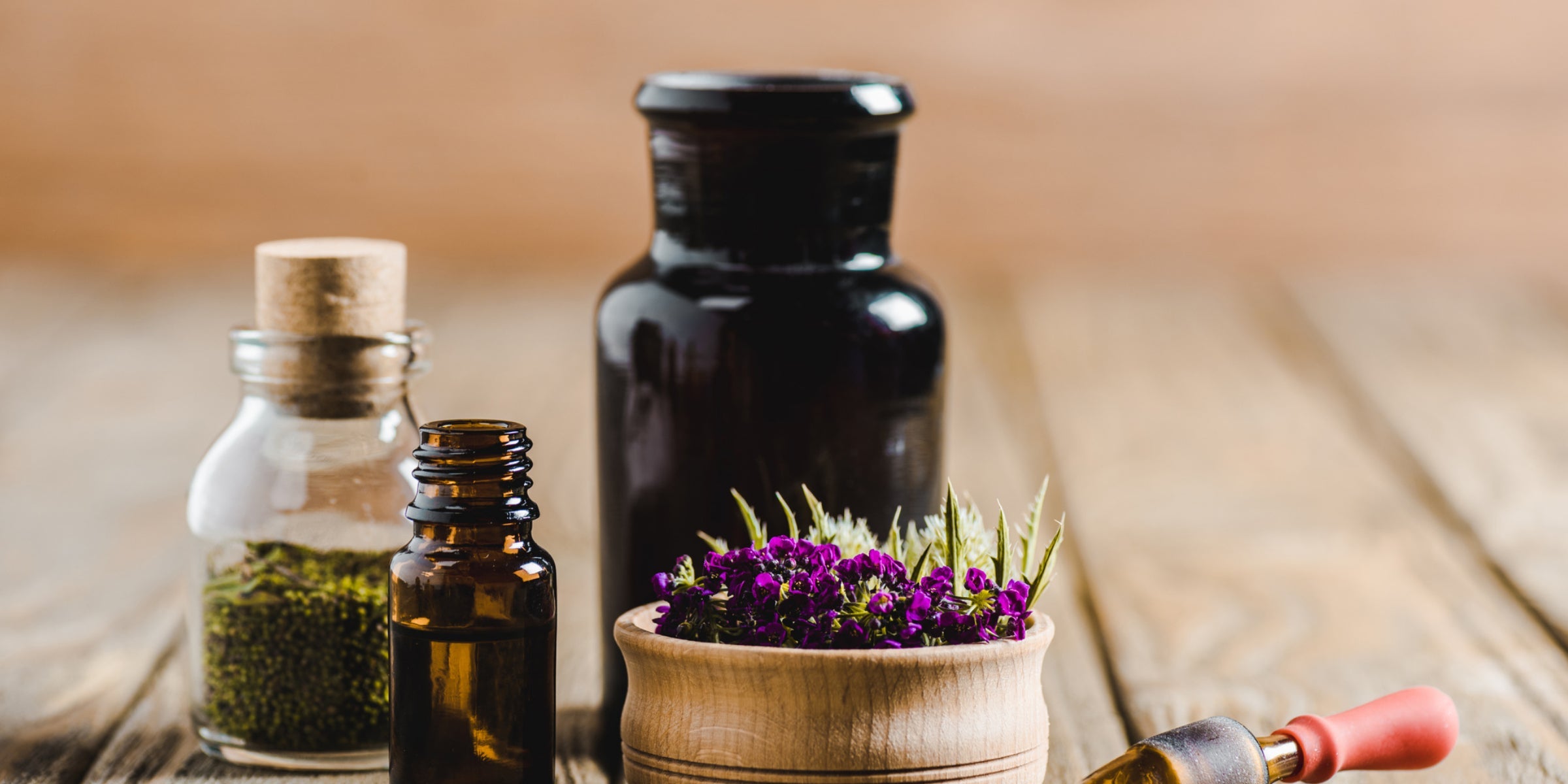Basking in Green: Exploring the Benefits of Forest Bathing

Stay tuned to our latest news
In the middle of the hustle and bustle, where the cacophony of urban life often drowns out the gentle whispers of nature, there lies a tranquil practice that beckons us back to nature’s embrace: forest bathing. Originating from the Japanese concept of ‘Shinrin-yoku,’ which translates to ‘taking in the forest atmosphere,’ forest bathing is not merely an escape from the hustle and bustle—it is an immersive experience that invites us to connect with the woodland realm through our senses. This practice encourages us to shed the layers of our daily concerns and immerse ourselves in the present moment, surrounded by the timeless beauty of the forest.
The Essence of Forest Bathing

At its core, forest bathing is about presence and mindfulness. It’s not simply a walk in the woods, but a deliberate practice of being still, observing, and absorbing the natural environment around us. The rustle of leaves, the soft murmur of a stream, or the earthy scent of the forest floor all contribute to a sensory feast that can rejuvenate the weary soul. As we step away from the concrete and steel that frame our daily lives, we enter a world where time slows down, and the simplicity of nature offers a profound sense of peace and well-being.
One of the most significant benefits of forest bathing is stress reduction. In our modern-day lives, stress has become a constant companion, wreaking havoc on our well-being. Spending time in nature has been proven to lower cortisol levels, a hormone associated with stress, and promote relaxation. The soothing sights and sounds of the forest have a calming effect on the mind, allowing us to find a sense of peace and tranquility.
Beyond stress reduction, forest bathing also improves mental clarity and creativity. The repetitive patterns found in nature, such as the gentle rustling of leaves, allow our brains to enter a meditative state. This state of relaxation promotes focus, sharpens cognitive function, and enhances problem-solving skills. Forest bathing has even been shown to boost creativity, providing a fertile ground for new ideas and inspirations to flourish.
Moreover, spending time in nature has numerous physical health benefits. Forest air is rich in phytoncides, organic compounds emitted by plants, which have been found to boost the immune system. Breathing in these compounds increases the activity of natural killer cells, vital for a strong immune response against illnesses.
Forest bathing also improves cardiovascular health, reducing the risk of heart disease and hypertension. The therapeutic environment of the forest lowers blood pressure, heart rate, and stress levels, encouraging a healthy heart and well-functioning circulatory system. Additionally, being surrounded by trees means that you are inhaling fresher air, free from the pollution commonly found in urban areas, leading to improved respiratory health.
What Is the Difference Between Forest Bathing and Forest Therapy?

In recent years, the transformative power of nature has gained significant recognition, with many individuals seeking solace and tranquility in natural surroundings. Two practices, in particular, have emerged as popular methods for connecting with nature and improving overall well-being – forest bathing and forest therapy. While these practices may sound similar, there are distinct differences between the two.
Forest bathing involves immersing oneself in the forest environment, using all five senses to fully engage with the natural world. The practice emphasizes being present in the moment and experiencing the forest as a sensory sanctuary. Forest bathing aims to reduce stress, anxiety, and depression, while promoting relaxation and enhancing overall mental and physical health.
On the other hand, forest therapy, also known as nature therapy or ecotherapy, takes a more intentional and structured approach. It is a guided therapeutic practice led by trained professionals, such as psychologists or therapists, who help participants explore their emotions, thoughts, and experiences within the forest environment. Forest therapy sessions often incorporate activities such as journaling, meditation, storytelling, and group discussions, promoting self-reflection and personal growth.
While forest bathing primarily focuses on the sensory experience and connection with nature, forest therapy integrates psychological and therapeutic techniques to enhance the healing benefits of the natural environment. Forest therapy aims to address specific mental health challenges, such as depression, anxiety, trauma, or addiction, by providing a safe space for individuals to explore and process their emotions while surrounded by nature.
Another crucial difference lies in the duration and frequency of these practices. Forest bathing is often a shorter, self-guided activity, lasting anywhere from a few hours to a day. It can be a solitary or group experience and does not necessarily require professional guidance. Forest bathing encourages individuals to slow down, observe, and interact with the forest, improving overall well-being.
In contrast, forest therapy is typically conducted in a series of sessions, ranging from a few weeks to several months. These sessions are facilitated by trained therapists who create a structured therapeutic environment and guide participants through various activities to help facilitate emotional exploration and personal growth. Forest therapy often requires a commitment to attending multiple sessions to achieve substantial therapeutic benefits.
The Effect of Forest Bathing on Creativity

Nowadays, creativity seems to be in decline. People are constantly bombarded with information, deadlines, and pressures, leaving little time or mental space for creative thinking. This is where the healing power of nature comes into play. Studies have found that spending time in a forested environment can stimulate creative thinking and problem-solving abilities.
One reason for this is the restoration of attention that occurs during forest bathing. The constantly changing sights, sounds, and smells of the forest engage our senses and break our regular patterns of thought. By immersing ourselves in nature, we give our minds a much-needed break from the mental strain of daily life and allow them to rejuvenate. This mental restoration not only reduces stress but also creates space for new ideas and innovative thinking to emerge.
Furthermore, forests are teeming with life and natural wonders, presenting endless sources of inspiration. The rich biodiversity, vibrant colors, and intricate patterns found in the forest can awaken our senses and ignite our imagination. Artists, writers, and musicians throughout history have drawn inspiration from nature, attributing it to their creative breakthroughs. Forest bathing provides a direct and immersive experience of the natural world, stimulating the senses and sparking creative impulses.
Another aspect of forest bathing that enhances creativity is the way it encourages mindfulness and fosters a state of flow. When fully immersed in the forest environment, our senses are fully engaged, and our attention becomes focused on the present moment. This state of mindfulness allows us to be fully present and receptive, enabling creative ideas to flow naturally. It creates a sense of tranquility and harmony that promotes a free flow of thoughts and ideas.
Finally, forest bathing promotes a sense of awe and wonder, emotions that are closely associated with creativity. The sheer magnitude and beauty of nature can be awe-inspiring, eliciting a sense of childlike wonder that opens our minds to new possibilities. When we are in awe, our perspective shifts, and we become open to unconventional ideas and new ways of thinking.
In conclusion, forest bathing is not just a means to relax and unwind; it has a profound impact on our creative abilities. By immersing ourselves in nature, we restore attention, engage our senses, and promote mindfulness. The beauty and diversity of the forest stimulate our imagination and encourage the flow of creative ideas. So next time you find yourself in need of a creative boost, take a trip to the nearest forest and let nature work its magic on your mind.
How Do You Forest Bathe?

Forest bathing advocates argue that spending quality time in nature has numerous positive effects on physical and mental health.
To engage in forest bathing, one must leave behind the distractions of daily life and immerse themselves in the sights, sounds, and smells of the forest. Ideally, finding an area with dense trees, lush greenery, and a sense of tranquility is essential. As you enter the forest, it is important to leave electronic devices behind and disconnect from the digital world.
Once in the forest, take a few moments to relax and breathe deeply. Close your eyes and listen to the gentle rustling of leaves as the wind blows through the trees. Pay attention to the various scents that fill the air, from the earthy aroma of the forest floor to the sweet fragrance of blossoming flowers. Take slow, deliberate steps, allowing your senses to fully absorb the experience.
As you continue your forest bathing journey, actively engage with nature. Observe the intricate patterns of leaves, the different shades of green, and the sunlight peeking through the canopy. Touch the roughness of tree bark and the softness of moss. Take the time to connect with the natural world at your own pace.
Forest bathing is not a rigorous activity; it is a gentle and reflective practice. It encourages you to slow down, to be present, and to notice the small details that often go unnoticed in our fast-paced lives. It is an opportunity to reconnect with nature and, in turn, reconnect with yourself.
Research has shown that forest bathing offers a wide range of benefits. Spending time in nature has been linked to reduced levels of stress, lower blood pressure, improved mood, and even increased creativity. The forest environment is believed to emit natural substances called phytoncides, which have been shown to boost the immune system and reduce inflammation.
Even if you cannot access a forest regularly, the principles of forest bathing can be applied to other natural environments, such as parks or gardens. The key is to create a space where you can embrace the healing power of nature and allow it to promote a sense of peace and well-being.
Can You Do Forest Bathing Indoors?

Forest bathing has gained popularity in recent years as we increasingly recognize the positive impact that spending time in nature can have on our health. But what if circumstances don't allow for a walk in the woods? Can you do forest bathing indoors?
Although forest bathing is traditionally done in natural settings like forests and woodlands, the simple answer is - yes, you can practice it indoors. While it may not provide the same sensory experience as being surrounded by trees and the sounds of nature, there are ways to recreate a similar atmosphere within the comfort of your own home.
First and foremost, recreate a natural environment. Open the windows to let in fresh air, and if possible, position yourself near a green space or indoor plants. Research has shown that being around plants can reduce stress levels and positively impact mood, contributing to a sense of calm and relaxation similar to what one might experience in a forest. The presence of plants can also have air-purifying effects, benefiting your overall health.
Next, create a soothing ambiance. Dim the lights, diffuse essential oils with calming scents like pine or eucalyptus, or play nature sounds such as rainfall or birdsong. These elements can help simulate the calming atmosphere found in natural surroundings and enhance the restorative effects of the practice.
Take the time for mindful reflection. Indoor forest bathing can be an opportunity to disconnect from technology and focus on being present in the moment. Find a comfortable spot where you can sit or lie down and engage in mindful breathing exercises. Pay attention to your senses, exploring the sensations of your body, the sounds around you, and any natural scents that may be present. By immersing yourself in these sensations, you can cultivate a sense of peace and connectedness even from inside your home.
@lvsocia Replying to @Dizizles They are the most relaxing thing I own!! #renpho #renphoeyemassager #renphoeyeris1 #eyemassager #relaxation #pamper #pamperyourself #spaday #spadayathome @RENPHO #tiktokshopspringsale ♬ original sound - LVSocia
The RENPHO Eyeris 1 eye massager is a device designed to mimic the serene experience of forest bathing, offering a personal oasis of tranquility. With its combination of gentle heat, which ranges from 104-107°F, and a variety of massage settings, the Eyeris 1 aims to alleviate the stresses of modern life. The warmth provided is akin to the comforting embrace of sunlight filtering through trees, while the massaging action replicates the soothing touch of nature.
Moreover, the Eyeris 1 incorporates sound therapy, with built-in speakers that can play calming sounds or music of your choice via a Bluetooth connection. This feature enhances the relaxation experience, much like the ambient sounds one would encounter in a lush forest. The device’s ability to fold 180° for portability means you can take this slice of calmness wherever you go, inviting moments of peace akin to the stillness of the woods into your daily routine.
Lastly, engage in indoor activities that promote a connection with nature. Consider reading a book, watching a nature documentary, or even practicing gentle yoga or meditation. These activities can help foster a sense of connection to the natural world, even in the absence of physically being outdoors.
While practicing forest bathing indoors may not fully replicate the experience of being in a natural setting, it can still provide several benefits for your mental and physical wellbeing. Remember that the key is to create a calming atmosphere, focus on being present, and engage in activities that promote a connection with nature. So go ahead, give it a try, and embrace the healing power of nature, even from within the walls of your home.
Renpho Health Tips
-

The Healing Power of Herbs: How Nature Can Heal Your Body and Soul
February 14, 2024
Read more >
-

Connecting with Nature: Exploring the Healing Power of Outdoor Activities
February 11, 2024
Read more >
-

Nourish to Flourish: Crafting Self-Love Through Wholesome Cooking
February 28, 2024
Read more >
-

The Power of Plants: How a Whole Food Diet Can Transform Your Health and Happiness
February 19, 2024
Read more >
-

5 Exciting Outdoor Activities to Experience the Beauty of Autumn
October 15, 2023
Read more >






